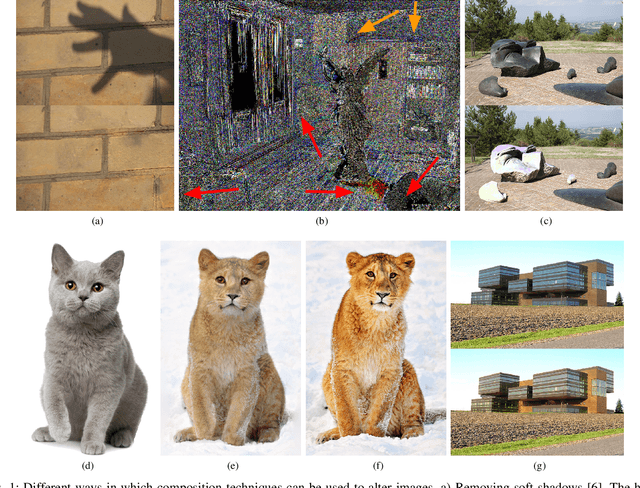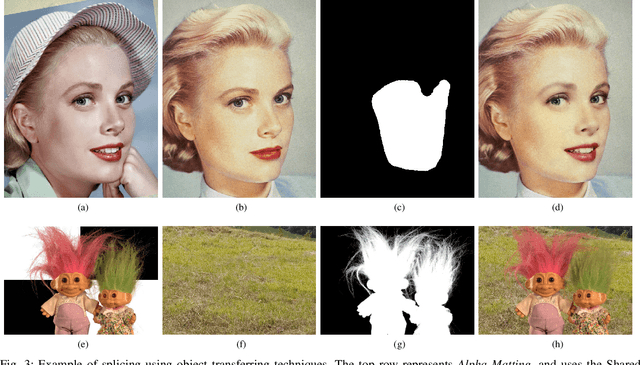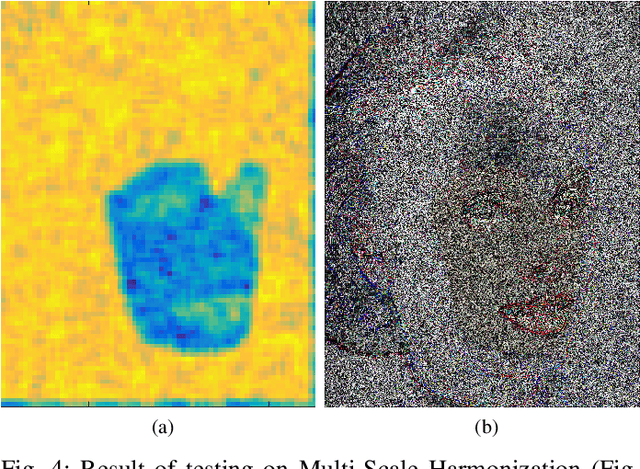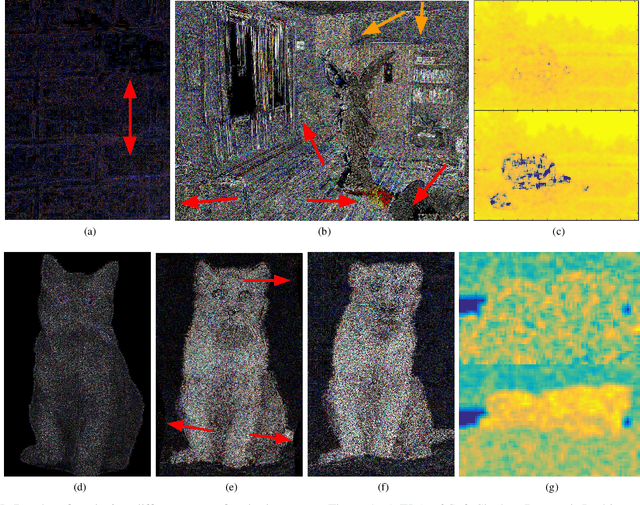Digital Image Forensics vs. Image Composition: An Indirect Arms Race
Paper and Code
Jan 13, 2016



The field of image composition is constantly trying to improve the ways in which an image can be altered and enhanced. While this is usually done in the name of aesthetics and practicality, it also provides tools that can be used to maliciously alter images. In this sense, the field of digital image forensics has to be prepared to deal with the influx of new technology, in a constant arms-race. In this paper, the current state of this arms-race is analyzed, surveying the state-of-the-art and providing means to compare both sides. A novel scale to classify image forensics assessments is proposed, and experiments are performed to test composition techniques in regards to different forensics traces. We show that even though research in forensics seems unaware of the advanced forms of image composition, it possesses the basic tools to detect it.
 Add to Chrome
Add to Chrome Add to Firefox
Add to Firefox Add to Edge
Add to Edge